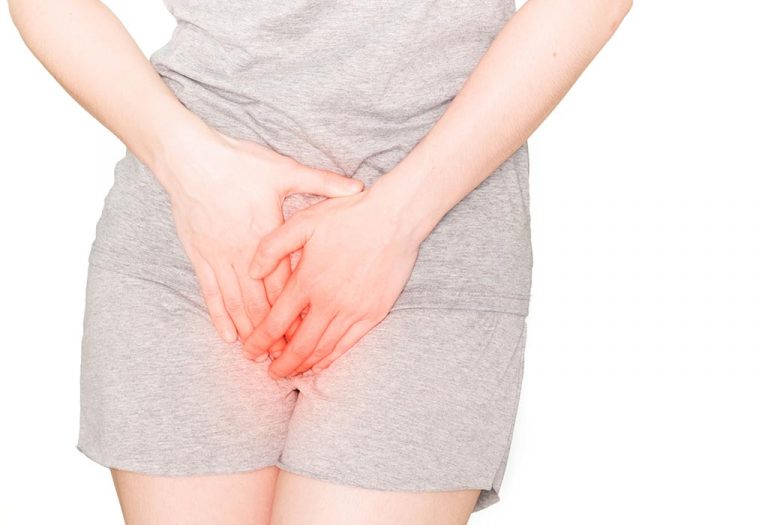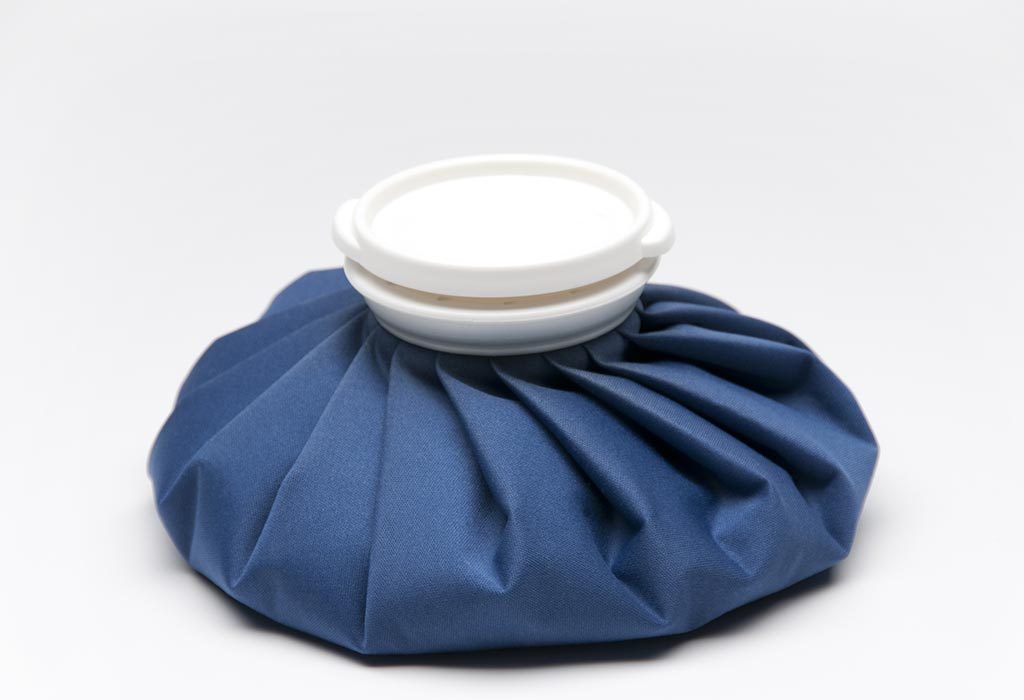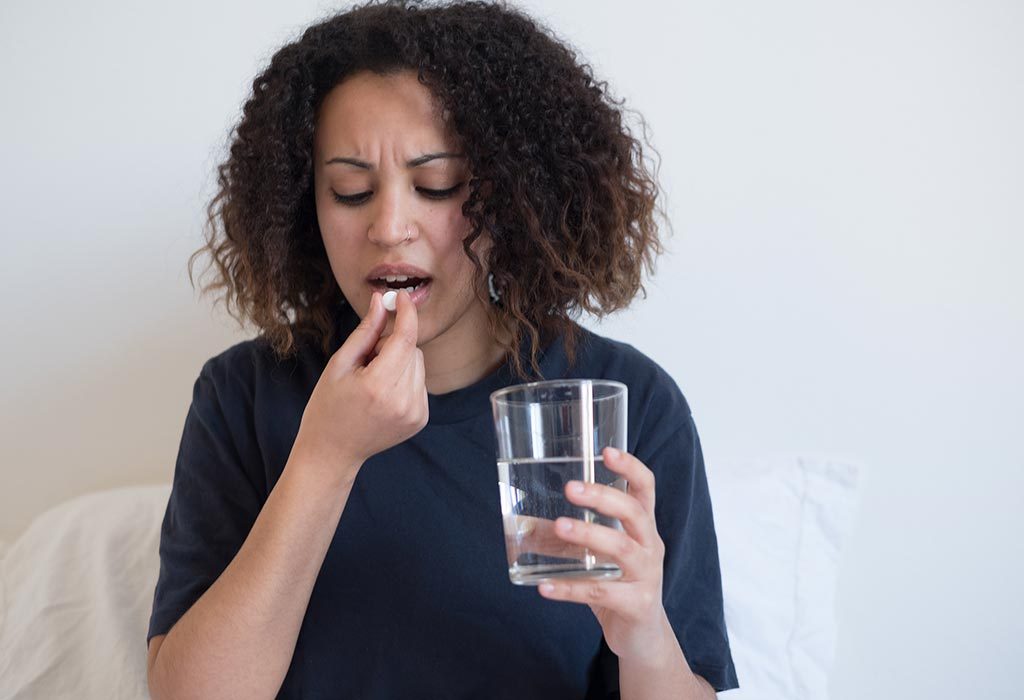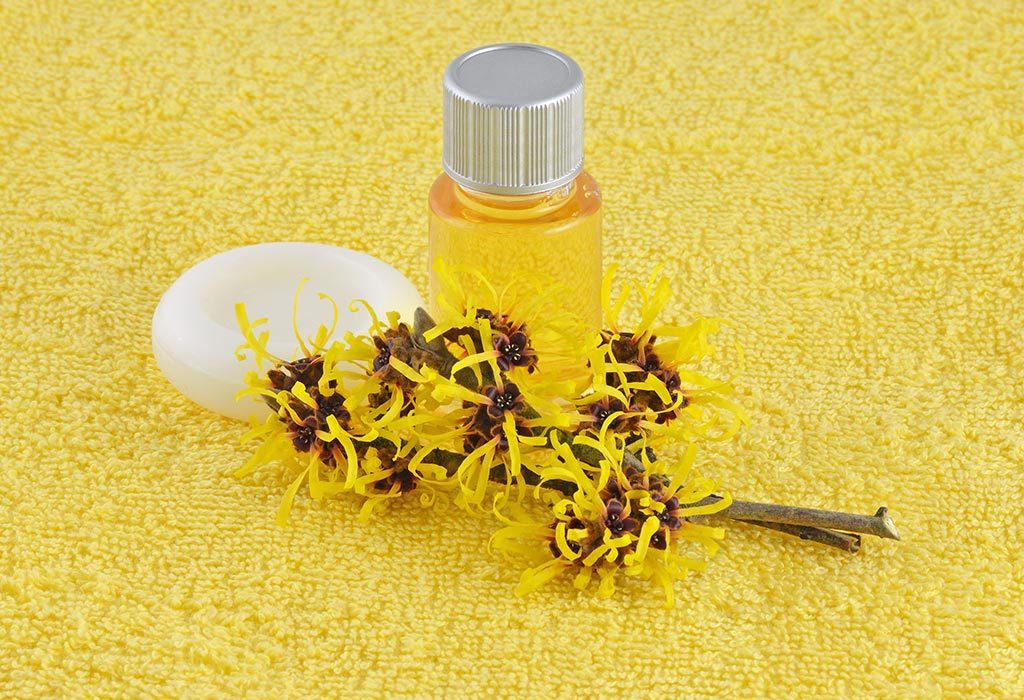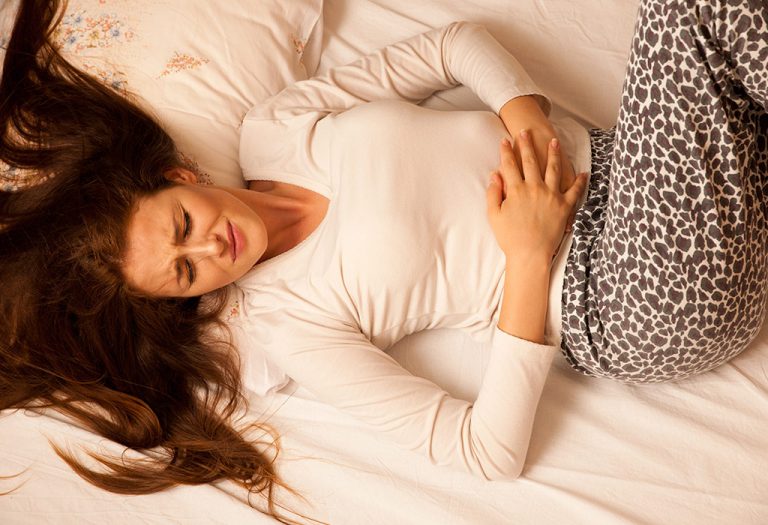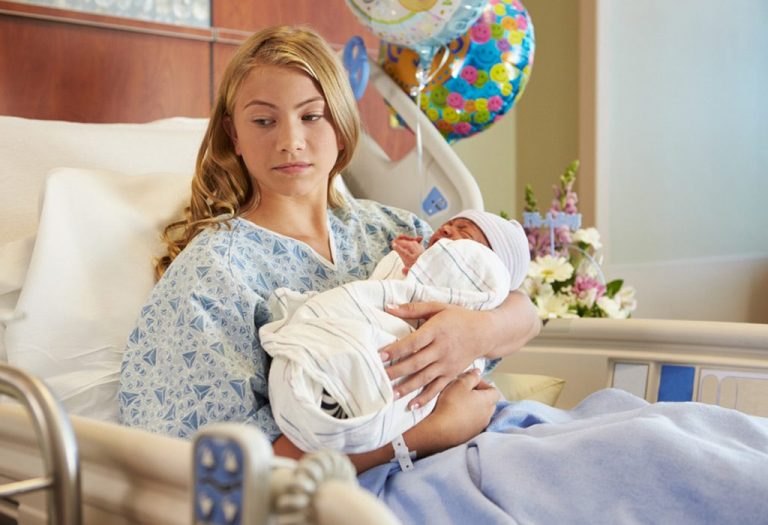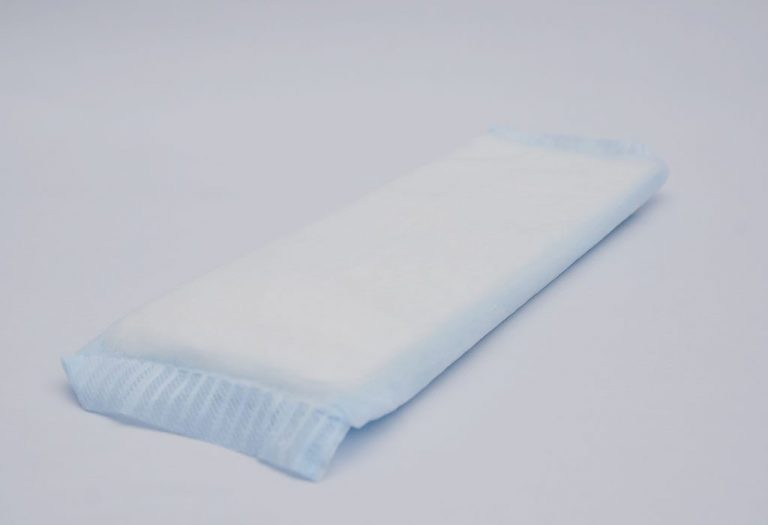Vagina After Pregnancy: Changes and Recovery Tips

Childbirth is a physically demanding and life-changing experience for a woman. Her body undergoes many changes during labour and post-childbirth, and a woman needs time to recover. Apart from other bodily changes, a woman’s vagina also changes after childbirth. It stretches to around 10 cm during delivery to let your baby come out through it and then slowly goes back to its normal size. The changes in the vagina after birth are temporary, and with proper care, it typically returns to a healthier state over time.
This article will tell you all you need to know about the changes in the vagina post-delivery and provide you with useful tips to speed up the recovery of your vagina post-childbirth.
Changes in the Vagina After Pregnancy
After pregnancy, the vagina undergoes several physical changes as it recovers from the stretching and pressure of childbirth. Here are a few common vaginal changes after birth that women may experience (1).
1. Postpartum Bleeding
Women will experience bleeding and discharge from the vagina after giving birth. It consists of blood, mucus, and uterine tissue. The uterus sheds its inner lining and the remnants of the pregnancy after the delivery. This postpartum bleeding lasts for 4-6 weeks. During this time, it is better to avoid tampons and use only sanitary pads, as tampons can increase the risk of infection (2).
2. Swelling
The vaginal area will be sore and may even remain swollen for up to 6 weeks. Childbirth is very harsh on the vaginal tissue and needs time to recover. The swelling and soreness will gradually decrease in 4-6 weeks.
3. Pain After Stitches
About half of all women may need stitches in the vaginal area post-delivery, especially the first-time mothers. This is because the perineum, which is the skin between the vagina and the anus, could tear during vaginal delivery. It may also be cut by the doctor to widen the birth canal and let the baby out. This is called an episiotomy (3). The stitches take about 1 week to 10 days to heal completely. You may experience pain while urinating or sitting down during this time. It may help soak the area in warm water or apply infrared light to reduce pain and speed up healing. Consult your doctor if you have extreme pain or a foul odour from the vaginal area during this time.
4. Wider Vagina and Dryness
The vagina stretches incredibly to allow the baby’s head to come out. Due to this, it will feel looser or wider after delivery. While it may not return to its pre-pregnancy shape, the vagina will recover and feel more normal after 3-6 weeks. The decrease in oestrogen post-delivery also reduces the mucus in the vagina, making it feel very dry. Sexual intercourse could be uncomfortable or even painful due to this. Talk to your doctor if you experience severe pain or discomfort.
5. Incontinence
Around 40 out of 100 women may experience incontinence for some time after delivery. Coughing or laughing hard may cause a small amount of urine to leak out involuntarily. This usually goes away 3-6 weeks after delivery and is not a cause for concern. Pelvic floor exercises will help you regain bladder control (4).
6. Prolapse
The pressure of pushing during labour can cause a condition known as prolapse. This happens when the uterus, bladder, or rectum drops down into the vagina. It causes a heavy feeling and a noticeable bulge in the vaginal walls (5). This will get better in time and may not require treatment. However, consult a doctor if you do not feel better even after 6 weeks.
Postpartum Vagina Care – Recovery Tips
Childbirth is very rough on vaginal tissue, and the recovery of the vagina after childbirth requires time. Here are some tips that will help speed up the recovery of the vagina after the birth of your child:
1. Use an Ice Pack
For the initial 24 to 48 hours, an ice pack can help ease the swelling in the vaginal area and lessen the pain. You can pack sanitary pads or adult diapers with ice cubes and use them to soothe the soreness.
2. Take Sitz Bath
After the initial 24-48 hours, ice is no longer ideal for the swelling and soreness in the vaginal area. The best remedy is a sitz bath – this is a tub that fits into the toilet seat such that you can sit and soak your bottom in it. Fill it with warm water and add a pinch of baking soda to it. Sit in this for 15 minutes thrice a day. This reduces swelling and pain and also disinfects the area. A sitz bath is also a good remedy for haemorrhoids, which is generally a side effect of vaginal delivery (6).
3. Practise Pelvic Floor Exercises
Pelvic floor muscles are a hammock-shaped layer of muscles on the floor of the pelvis, that supports the uterus, bowel, and bladder. These help control bowel and bladder movement and sexual function. These muscles are greatly strained during labour and delivery and become weak. Strengthening them will help control incontinence, reduce vaginal prolapse, and help return the vagina to normal shape (7). Kegel exercises or pelvic floor exercises can be done to strengthen the muscles. This exercise can be done sitting or standing up. Squeeze and draw in your vagina and anus at the same time. Hold this contraction for 10 seconds and release. Repeat this in sets of 10 around 4 times a day. You can also use Kegel weights that are tampon-shaped weights that you insert into the vagina and hold for 10 seconds. However, they should not be used if you are bleeding postpartum. They should also not be used without consulting your doctor about it first.
4. Take Pain Killers
If the pain is too much, you can talk to your doctor about having pain-killers. However, it is important to avoid over the counter painkillers without consulting your doctor, especially if you are breastfeeding your baby. Some medicines can enter the breast milk and be passed onto the baby, which may be harmful to your infant.
5. Use a Lubricant
If your vagina is too dry and sexual intercourse is causing pain or discomfort, try using a vaginal lubricant. Doctors usually recommend abstinence for 4 to 6 weeks. The libido is also low during this time because of decreased levels of oestrogen. Talk to your doctor if you continue to experience dryness and pain during sex.
6. Go for Regular Medical Check-ups
After delivery, you will have to go back to the doctor for health check-ups. The doctor will examine your vagina for signs of infection and make sure that you are recovering well. He will prescribe medicines that are safe for you and your breastfed baby, in case you are in a lot of pain.
7. Try Witch Hazel
Witch hazel is a shrub with fragrant yellow flowers. Witch hazel extract is a very good astringent – it causes contraction of skin cells and other tissues. Witch hazel pads or wipes can be applied to the perineum for relief from soreness or swelling and to the anus to reduce haemorrhoids. Witch hazel also reduces the stretching of the perineum and soothes bruises that may have occurred in the vagina after delivery (8).
8. Eat Healthy and Stay Fit
More than anything else, the body needs nutritious food and plenty of rest to recover. Make sure you eat healthy foods and stay hydrated. It is also important that you stay fit by exercising regularly. You should avoid strenuous exercise after delivery. Stick to walking until you are recovered.
When to See the Doctor?
It’s important to monitor your recovery after childbirth and seek medical advice if any concerns arise. While some changes are normal, there are certain signs that may require a doctor’s attention to ensure proper healing and prevent complications. Here are a few situations when you should consult a doctor (9):
- Heavy Bleeding: If you experience heavy bleeding (soaking through a pad every hour for several hours), it may indicate complications like retained placenta or postpartum haemorrhage.
- Severe Pain: Intense vaginal or pelvic pain that doesn’t subside with pain relief medication or if it worsens over time.
- Unpleasant Odour: Foul-smelling vaginal discharge, which could be a sign of infection.
- Fever: A temperature higher than 100.4°F (38°C) could indicate an infection, such as endometritis.
- Incontinence: Difficulty controlling urination or bowel movements, which could suggest pelvic floor muscle issues that may require therapy.
- Prolonged Swelling: Swelling or bulging in the vaginal area that doesn’t improve after the first few weeks postpartum.
- Signs of Postpartum Depression: Emotional distress, anxiety, or sadness that interferes with daily life, which may indicate postpartum depression needs professional treatment.
FAQs
1. Is it safe to have sex after giving birth?
It’s generally recommended to wait until your postpartum checkup, which is usually around 6 weeks after delivery (10). During this time, your doctor will assess your healing and ensure that it’s safe to resume sexual activity. It’s important to listen to your body and communicate with your partner, as some discomfort or dryness may persist initially.
2. How can I prevent infection in the vagina after childbirth?
To prevent infection, practice good hygiene by gently washing the vaginal area with warm water and avoiding harsh soaps. Change sanitary pads frequently, avoid using tampons until cleared by your doctor, and wear loose-fitting clothing to allow for airflow. If you notice signs of infection, such as fever or unusual discharge, contact your doctor promptly.
Labour and childbirth can weaken your vagina and change its shape. Doing pelvic floor exercises can help you recover faster after delivery. Perineal massage before childbirth, especially in the final weeks can also prove effective by reducing the risk of perineal tearing and the need for an episiotomy. Make sure you get plenty of sleep and rest after delivery. Follow the recovery tips mentioned above to speed up the recovery of your vagina post-pregnancy. Also, consult with your doctor before trying pain medication or Kegel exercises.
References/Resources:
1. Your vagina and pelvic floor after giving birth; National Childbirth Trust; https://www.nct.org.uk/information/labour-birth/recovery-birth/your-vagina-and-pelvic-floor-after-giving-birth
2. Lochia; Cleveland Clinic; https://my.clevelandclinic.org/health/symptoms/22485-lochia
3. Episiotomy and perineal tears; NHS; https://www.nhs.uk/pregnancy/labour-and-birth/what-happens/episiotomy-and-perineal-tears/
4. Bladder Control After Childbirth; Nationwide Children’s Hospital; https://www.nationwidechildrens.org/family-resources-education/family-resources-library/bladder-control-after-childbirth
5. Causes and treatment; The Women’s; https://www.thewomens.org.au/health-information/vaginal-prolapse/causes-and-treatment
6. Recovering From Delivery; Nemours KidsHealth; https://kidshealth.org/en/parents/recovering-delivery.html
7. 10 ways to stop leaks; NHS; https://www.nhs.uk/conditions/urinary-incontinence/10-ways-to-stop-leaks/
8. 7 Items to Help You Recover from a Vaginal Delivery; Penn Medicine Lancaster General Health; https://www.lancastergeneralhealth.org/health-hub-home/motherhood/fourth-trimester/7-items-to-help-you-recover-from-a-vaginal-delivery
9. Pregnancy: Physical Changes After Delivery; Cleveland Clinic; https://my.clevelandclinic.org/health/articles/9682-pregnancy-physical-changes-after-delivery
10. Sex and contraception after birth; NHS; https://www.nhs.uk/conditions/baby/support-and-services/sex-and-contraception-after-birth/
Body Changes after Delivery
Stomach Pain after Pregnancy
Ways to Cope with Postpartum Fatigue
Was This Article Helpful?
Parenting is a huge responsibility, for you as a caregiver, but also for us as a parenting content platform. We understand that and take our responsibility of creating credible content seriously. FirstCry Parenting articles are written and published only after extensive research using factually sound references to deliver quality content that is accurate, validated by experts, and completely reliable. To understand how we go about creating content that is credible, read our editorial policy here.






